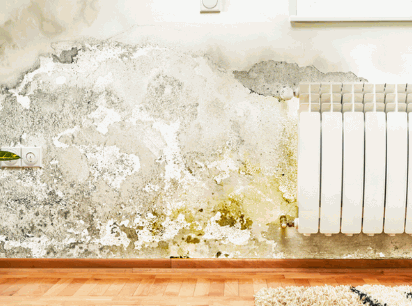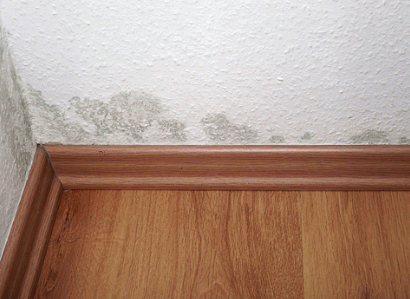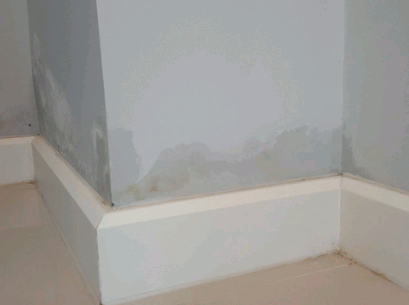Interior walls can suffer from dampness, causing many issues for homeowners. This article will explain the sources of this issue and how to keep walls dry and clean.
There are various reasons for wall dampness. Poor ventilation is a major cause, blocking moisture from escaping and trapping it inside. Water leakage from plumbing systems or gutters can also be to blame. It’s key to understand these causes to tackle the problem effectively.
To resolve dampness, proactive steps must be taken. First, good ventilation is essential; open windows or use exhaust fans in bathrooms and kitchens to reduce humidity. Additionally, check and maintain plumbing systems and gutters to avoid any leaks.
For extra protection, damp-proof paints or coatings can be used. These create a barrier that stops water molecules from entering but allows vapor. Installing insulation materials, such as polyethylene sheets, also helps prevent condensation.
Discover: How Do You Damp Proof Exterior Walls

Understanding The Causes Of Dampness In Interior Walls
The root cause of dampness in interior walls can be identified by inspecting thoroughly to find leaks or poor ventilation. It is important to repair plumbing leaks, improve ventilation, and waterproof surfaces to prevent dampness. Taking preventative measures such as regular maintenance checks and proper insulation is also crucial.
Prolonged exposure to dampness can cause respiratory issues and allergies. An NCBI study backs up the importance of addressing dampness promptly.

Steps To Damp-Proof An Interior Wall
Dampness can be a big problem for inside walls, causing damage and mold. To avoid this, follow these steps:
- Find the source of dampness. Look for signs of water leaks or condensation. Fix the root cause for damp-proofing to be effective.
- Fix damage. Repair cracks or holes in the wall to stop water from seeping in. Use the right repair materials and methods according to the wall’s construction.
- Use a damp-proofing solution. Use a special product designed for inside walls. This creates a barrier to keep moisture from getting through the wall.
- Improve airflow. Fit vents or fans if necessary. Proper ventilation helps reduce humidity and stop condensation.
- Monitor and maintain. Regularly check the walls for signs of dampness or water damage. Take action quickly to prevent further problems.
The key to damp-proofing is addressing the cause of the moisture and taking steps to keep the walls dry and safe. You may want to speak to professionals if there is still dampness or a lot of damage.
Fun fact: A study in The Journal of Building Survey, Appraisal & Valuation found that dampness is one of the most widespread problems for buildings around the world. It can be a hazard to their structure and people’s health.
Drying And Maintenance
To keep interior walls dry, follow these steps:
- Figure out where moisture is coming from. Inspect walls. Check for leaks and condensation, such as water stains or mold. Fix any problems straight away.
- Dry the area. Use fans and dehumidifiers. Let fresh air in by opening windows and doors. Replace wet materials if needed. This will help stop the growth of mold and mildew.
- Regularly inspect and maintain. After drying, check the walls for dampness. Look for discoloration, peeling paint, and musty smells. Solve any issues quickly to avoid costly repairs.
Remember, regular maintenance keeps interior walls dry and protected. Check for sources of moisture and address them right away. Maintain a healthy environment and save money!

Conclusion
Overall, securing an indoor wall from dampness is essential to retain a building’s structural integrity and appearance. To guard against water infiltration, proactive measures like waterproof coatings, moisture barriers, and tackling any underlying issues must be taken.
Moreover, inspection and maintenance are fundamental in locating and addressing any potential sources of moisture. Examining for leaks, condensation, or plumbing problems can help discover the source of the dampness and make repairs or corrective actions in time.
Plus, correct ventilation is vital to prevent moisture amassing in enclosed places. Adequate airflow can greatly reduce the chance of condensation and mold on interior walls.
